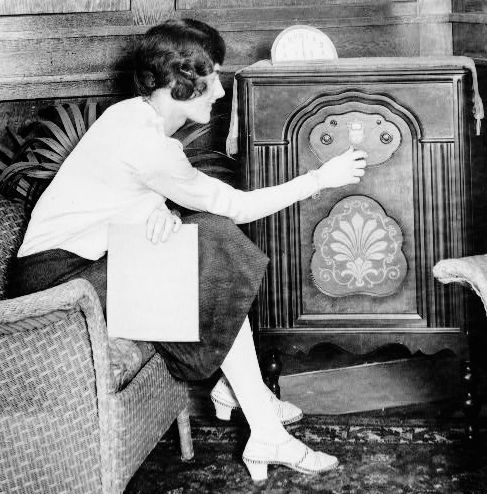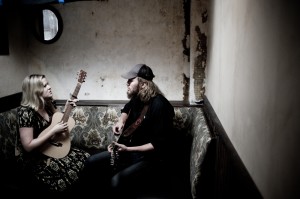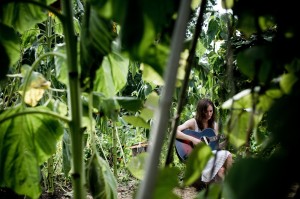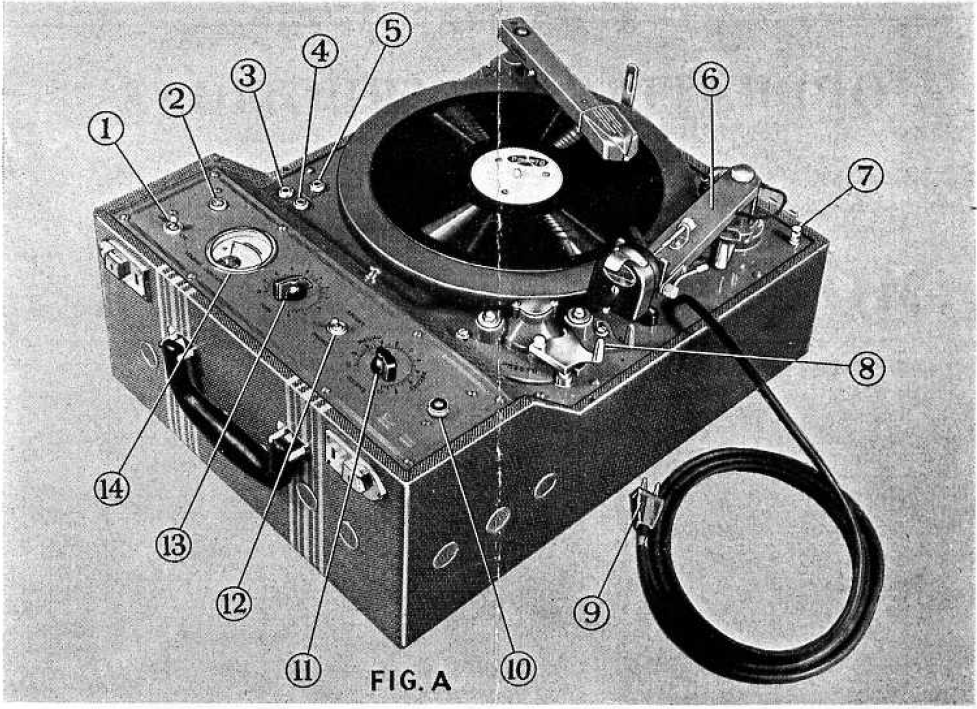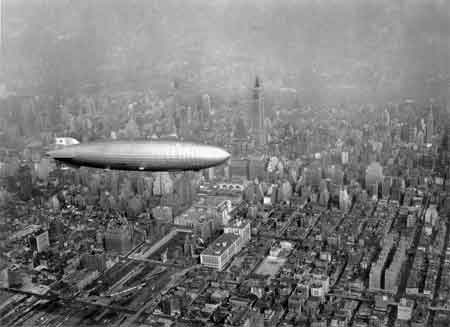The 78 Project Goes to Washington
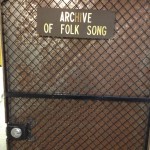 The massive white buildings of Capitol Hill in Washington DC house some of the most dreamt-of pieces of recorded music history in America. This week, we had the incredible opportunity to visit them. We have never experienced anything so breathtaking as being led through these collections of our nation’s greatest folk music treasures.
The massive white buildings of Capitol Hill in Washington DC house some of the most dreamt-of pieces of recorded music history in America. This week, we had the incredible opportunity to visit them. We have never experienced anything so breathtaking as being led through these collections of our nation’s greatest folk music treasures.
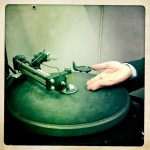 Todd Harvey, the curator of the Alan Lomax Collection at the Library of Congress, pulled some documents and artifacts for us to see including acetate sleeves containing handwritten tracklists from Lead Belly field recordings, expense reports from Alan’s expeditions, original Mississippi Fred McDowell tapes and – here’s where our hearts stopped – one of the Lomax’s PRESTO units. Alex was given permission to start putting their PRESTO back together with parts he found in a compartment underneath. Lavinia was allowed to dig her hand into the unit under the platter to pull out used needles that had been thrown down there during the Lomax’s trip.
Todd Harvey, the curator of the Alan Lomax Collection at the Library of Congress, pulled some documents and artifacts for us to see including acetate sleeves containing handwritten tracklists from Lead Belly field recordings, expense reports from Alan’s expeditions, original Mississippi Fred McDowell tapes and – here’s where our hearts stopped – one of the Lomax’s PRESTO units. Alex was given permission to start putting their PRESTO back together with parts he found in a compartment underneath. Lavinia was allowed to dig her hand into the unit under the platter to pull out used needles that had been thrown down there during the Lomax’s trip.
 Jeff Place at the Smithsonian’s Rinzler Archives gave us a tour of the Center for Folklife and Cultural Heritage. Highlights included Moses Asch’s microphone, Woody Guthrie’s artwork, letters from Lead Belly, a staggering folk record collection, and decades worth of acetate and tape field recordings. Our last stop was to meet the fine folks at Smithsonian Folkways who are hard at work digitizing and releasing music from the collections. They laughed when they found out we were going the opposite way with our recording project.
Jeff Place at the Smithsonian’s Rinzler Archives gave us a tour of the Center for Folklife and Cultural Heritage. Highlights included Moses Asch’s microphone, Woody Guthrie’s artwork, letters from Lead Belly, a staggering folk record collection, and decades worth of acetate and tape field recordings. Our last stop was to meet the fine folks at Smithsonian Folkways who are hard at work digitizing and releasing music from the collections. They laughed when they found out we were going the opposite way with our recording project.
A full set of photos from the trip is up on our Facebook. It was the most exciting two days of our lives. We’re still recovering.

